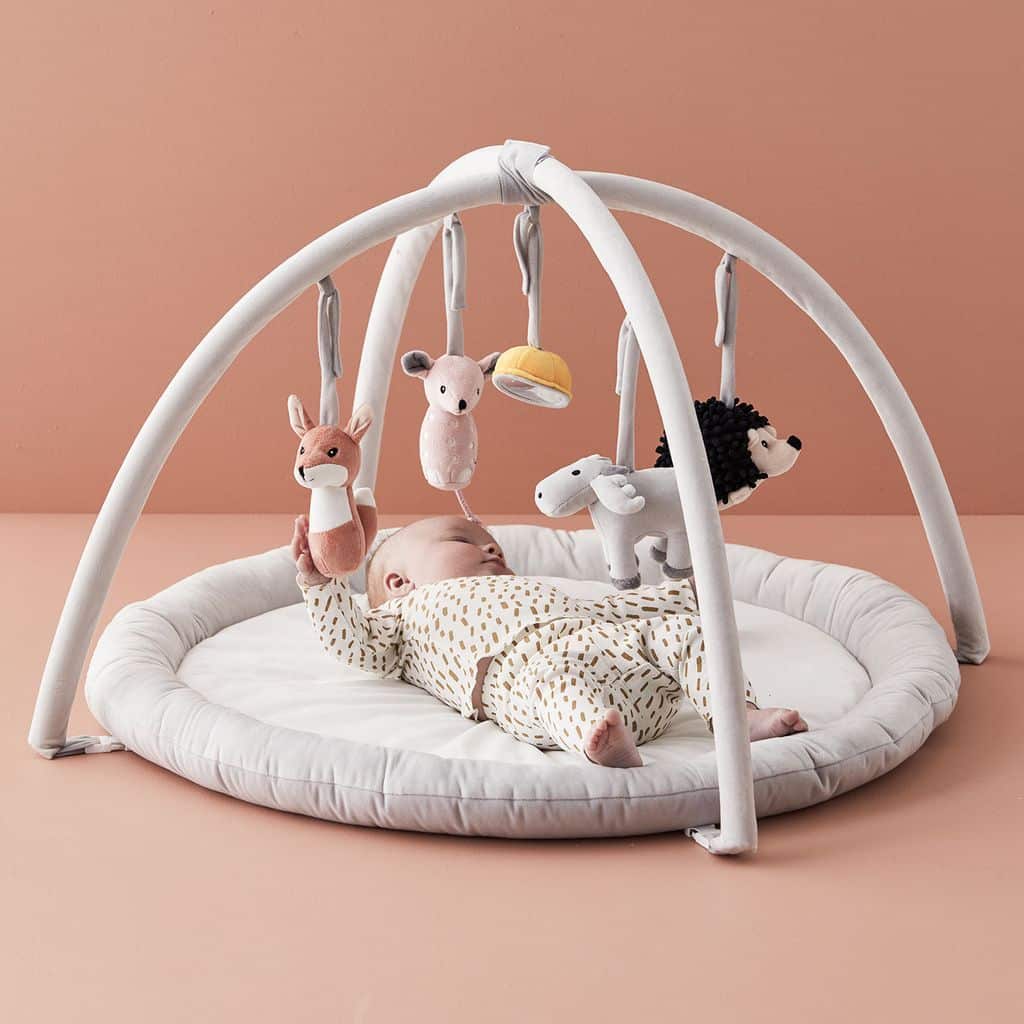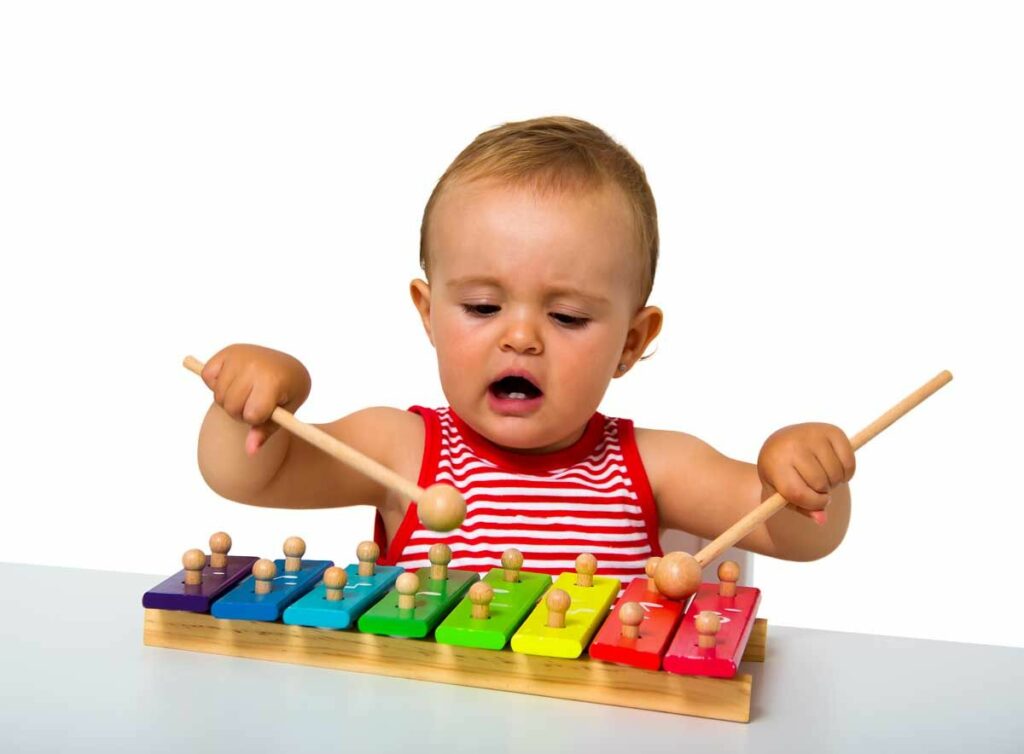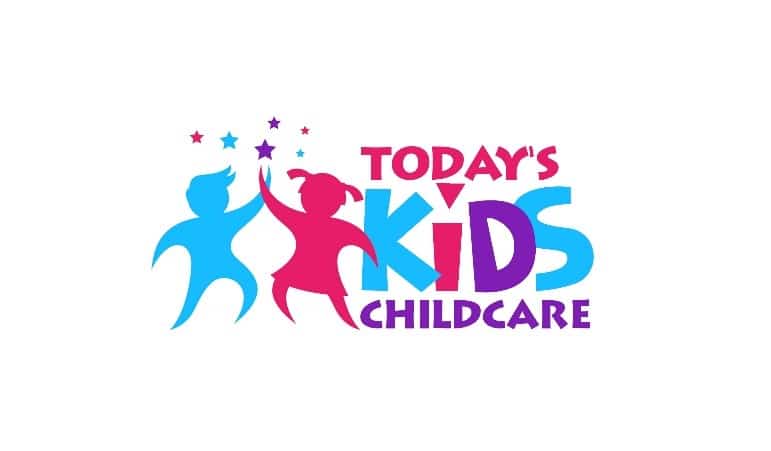Play is a vital aspect of a child’s development, serving as a gateway to exploration, learning, and creativity. Educational toys play a crucial role in fostering cognitive, motor, and sensory skills in infants and toddlers.
In this blog post, we’ll explore some examples of educational toys for this age group and discuss their benefits in promoting early learning and development.
Stimulating Early Minds: Educational Toys for Infants and Toddlers
1. Soft Blocks
- Benefits: Soft blocks encourage sensory exploration, hand-eye coordination, and spatial awareness. Infants can grasp, stack, and knock down blocks, fostering motor skills and problem-solving abilities.
2. Activity Gyms
- Benefits: Activity gyms feature colorful toys, mirrors, and textures to stimulate infants’ senses and encourage reaching, kicking, and grasping. They promote visual tracking, gross motor skills, and cognitive development.

3. Shape Sorters
- Benefits: Shape sorters help toddlers develop fine motor skills, hand-eye coordination, and problem-solving abilities. Sorting shapes into corresponding holes enhances cognitive skills and introduces concepts like shapes and colors.
4. Stacking Rings
- Benefits: Stacking rings promote hand-eye coordination, spatial awareness, and problem-solving skills. Toddlers learn to stack rings in size order, developing early math concepts and fine motor skills.
5. Musical Instruments
- Benefits: Musical instruments, such as shakers, tambourines, and xylophones, encourage sensory exploration, rhythm recognition, and auditory discrimination. They foster creativity, self-expression, and social interaction.

6. Puzzles
- Benefits: Simple puzzles with large, chunky pieces help toddlers develop problem-solving skills, spatial reasoning, and hand-eye coordination. Matching pieces to complete a picture or shape promotes cognitive development and perseverance.
7. Nesting and Stacking Toys
- Benefits: Nesting and stacking toys offer opportunities for exploration, fine motor skill development, and spatial reasoning. Infants and toddlers can stack cups, rings, or nesting blocks, fostering creativity and imagination.
8. Activity Tables
- Benefits: Activity tables feature interactive elements such as buttons, levers, and spinners to engage toddlers in sensory exploration and cause-and-effect learning. They promote fine motor skills, hand-eye coordination, and cognitive development.
9. Books and Board Books
- Benefits: Books and board books introduce infants and toddlers to language, vocabulary, and early literacy skills. Interactive books with textures, flaps, and sound effects enhance sensory exploration and language development.

10. Play Dough and Clay
- Benefits: Play dough and clay offer tactile stimulation and encourage creativity, imagination, and fine motor skills. Toddlers can squish, mold, and shape dough, promoting sensory exploration and self-expression.
Educational toys play a pivotal role in stimulating cognitive, motor, and sensory development in infants and toddlers. By providing age-appropriate toys that encourage exploration, creativity, and problem-solving, parents and caregivers can support their child’s early learning journey.
Whether it’s stacking blocks, exploring textures, or making music, each toy offers unique benefits that contribute to holistic development. Remember to choose toys that are safe, durable, and engaging, and most importantly, allow plenty of time for unstructured play and exploration to nurture your child’s natural curiosity and imagination.
